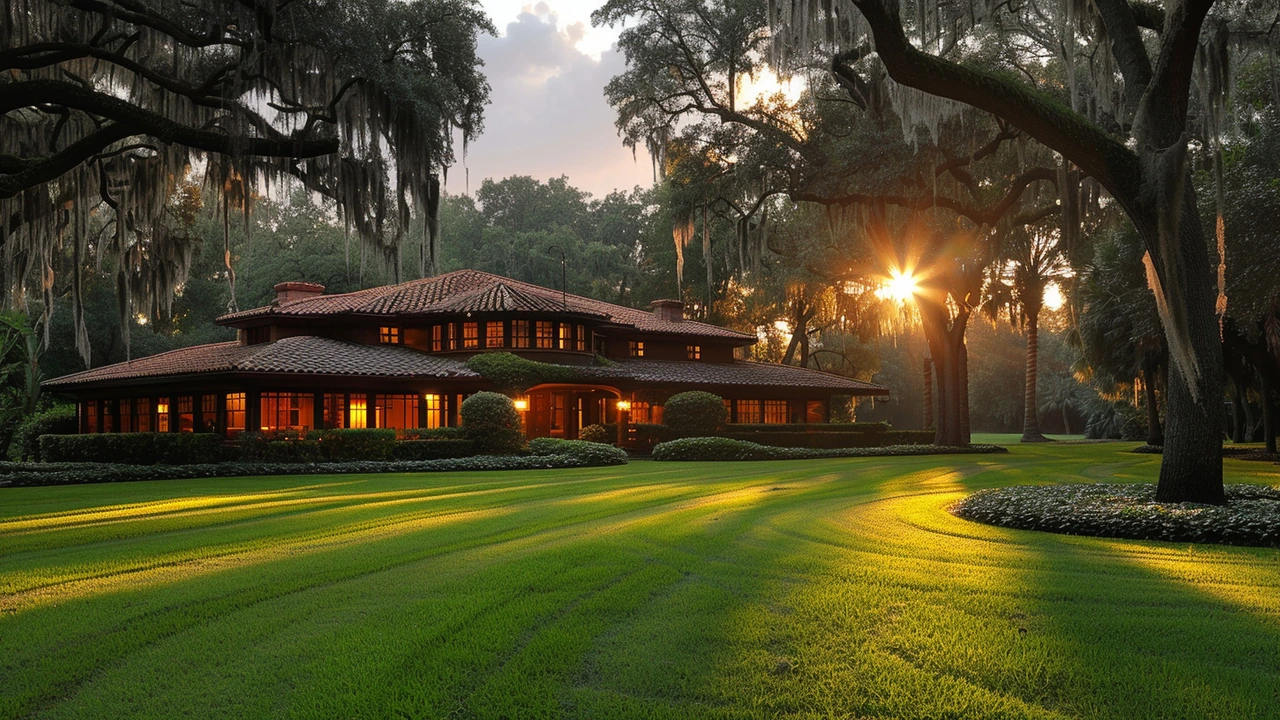Exploring Ranch-Style Homes: The Quintessential American Suburban Architecture
 Mar, 16 2024
Mar, 16 2024
Introduction to the Ranch-Style House
The ranch-style house, a design deeply embedded in American culture, epitomizes comfort and simplicity. Born in the 1920s and booming post-World War II, it reflects an era's desire for practicality and space. The core principle was straightforward: a single-story structure focusing on livability and functionality, breaking from the ornate and compartmentalized designs of the past. This style borrowed elements from the Spanish colonial architecture found in the Southwest, characterized by low, ground-hugging profiles and expansive layouts.
Appreciating ranch-style homes is more than just admiring their aesthetics; it's understanding how they cater to an effortless lifestyle. Wide eaves shelter and cool the interiors, while large windows and sliding glass doors erase the boundary between inside and outside living. Notably, the integration of the garage into the house's layout signaled a shift in American lifestyle, highlighting the growing importance of the automobile. The ranch house was revolutionary, it provided a blueprint for the modern American Dream: a private, comfortable sanctuary for families.
The Architectural Elements of Ranch-Style Homes
Ranch-style houses stand out for their distinctive architectural elements. The sprawling, single-story layout with its open concept floor plan promotes a seamless flow between living spaces. This design not only facilitates social interaction but also accommodates accessibility, making it a favored option for all ages. Key features include low-pitched gable roofs, wide eaves, and an asymmetric, L-shaped or U-shaped form, often structured around a central patio or garden. This layout creates a harmonious blend between the indoor and outdoor environments, a cherished aspect of ranch-style living.
Materials play a crucial role in defining the ranch-style aesthetic. Exteriors often showcase a mix of natural materials like wood and brick, complemented by large, often floor-to-ceiling windows. The use of sliding glass doors further emphasizes the connection to the outdoors, inviting natural light and views into the heart of the home. Inside, ranch houses commonly feature exposed beams, natural stone fireplaces, and built-in cabinetry, underscoring their practical yet warm character.
The Evolution and Resurgence of Ranch-Style Homes
Though their popularity waned in the late 20th century, ranch-style homes have witnessed a resurgence. This renewed interest is partly due to their adaptable design, which easily accommodates modern updates and open floor plans desired by today's homeowners. Additionally, the aging baby boomer population appreciates the accessibility of single-story living. As environmental consciousness rises, the ranch's inherent design, promoting natural cooling and heating, becomes increasingly relevant.
Contemporary interpretations of the ranch house maintain its hallmark characteristics while integrating modern elements like sustainable materials, energy-efficient windows, and updated technology. Designers and architects often expand upon the traditional layout, introducing vaulted ceilings and skylights to create an even brighter, more airy feel. The resurgence of the ranch-style house is a testament to its enduring appeal, proving that good design transcends generations.
Living the Ranch-Style: Tips for Embracing the Design
For those drawn to the ranch-style's charm, incorporating its design principles into your home can offer both aesthetic and functional benefits. Start with an open floor plan, removing unnecessary walls to enhance flow and light. Emphasize the connection to the outdoors by upgrading to larger windows or adding sliding doors that lead to a patio or garden. When selecting materials, opt for natural, durable options that age gracefully and complement the home's minimalist design.
Landscaping is another crucial aspect of ranch-style living. Focus on creating outdoor spaces that feel like extensions of the interior, using patios, decks, and gardens to encourage outdoor living. Incorporating native plants can reduce maintenance and increase sustainability, aligning with the design's original spirit. Whether you're renovating a classic ranch or seeking to infuse its principles into a different architectural style, the key is to prioritize simplicity, functionality, and a deep connection to the natural environment.